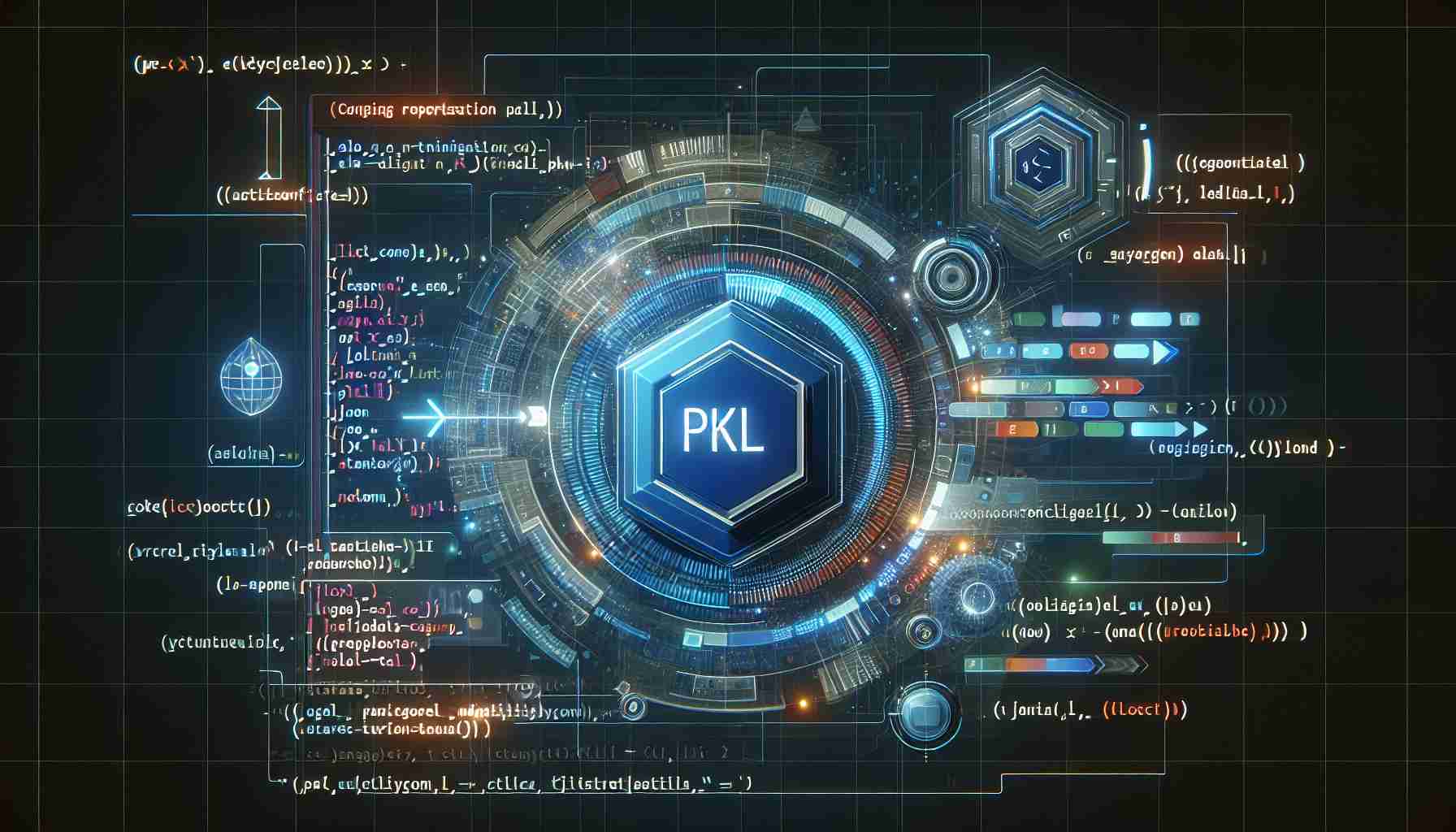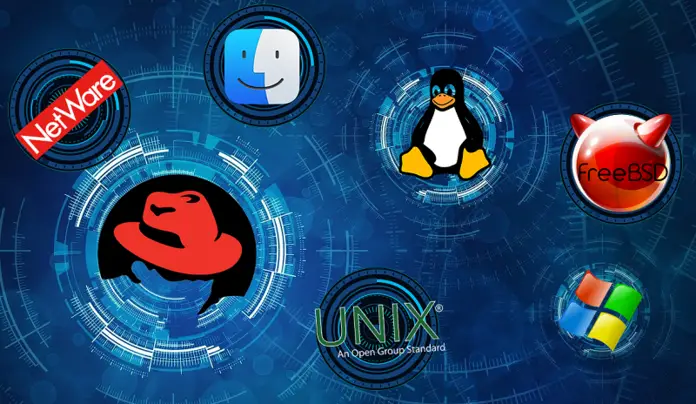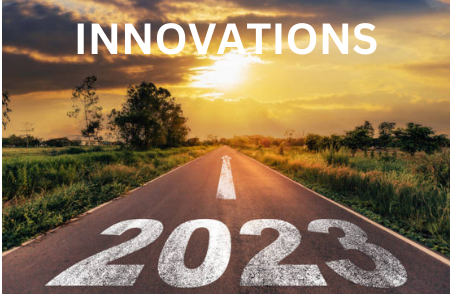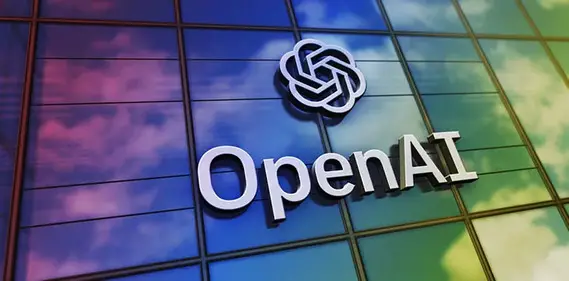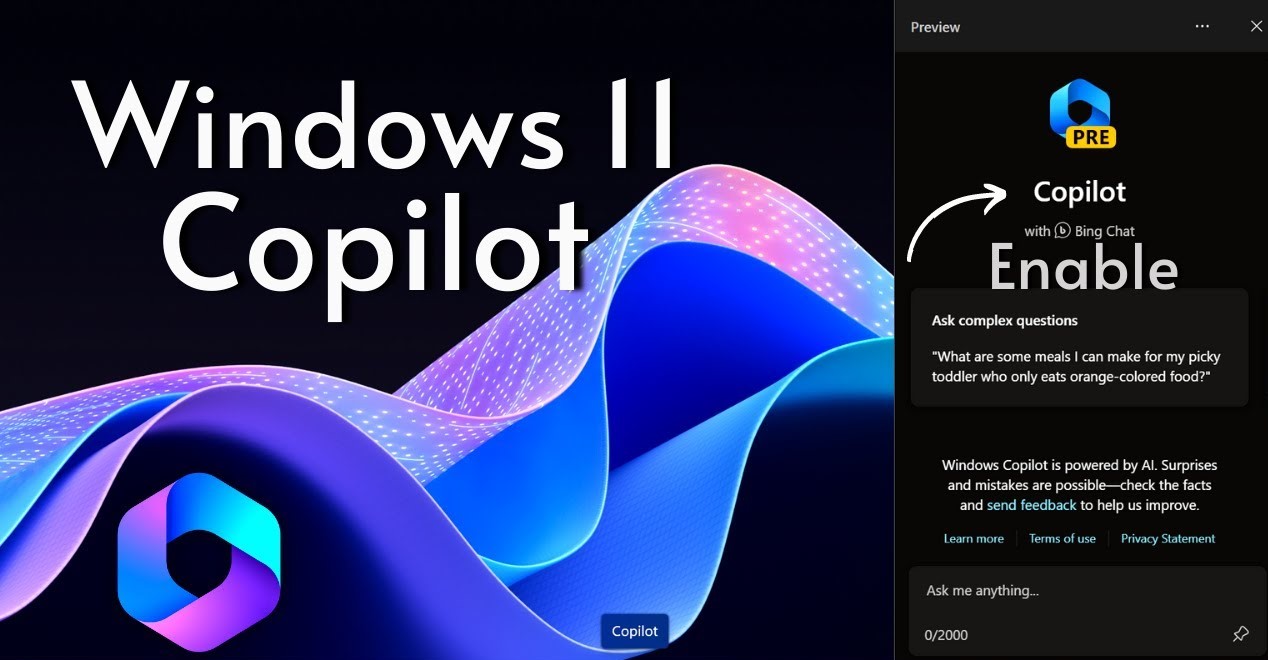Mastering Backend Development: The Ultimate Roadmap for Programmers
By Vinius M Muthii | October 26, 2023
The role of backend development in web development is crucial for ensuring the smooth functioning and performance of web applications and services. Although it may seem intimidating due to its steeper learning curve compared to the frontend, it significantly transforms the overall web application experience.
In this article, we will explores various backend technologies, including frameworks, languages, and best practices for creating scalable, secure, and efficient applications.
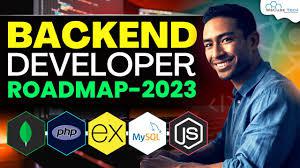
What is Backend Development?
Backend development involves managing the server, application, and database that work behind the scenes to deliver information and functionality to the user. It encompasses tasks such as writing APIs, working with databases, handling user authentication, ensuring application security, and integrating with frontend systems, while prioritizing aspects like scalability, performance, and security.
Let's explore the practices for Backend development:
1. Server-side Frameworks and Languages
Understanding server-side programming is fundamental, involving handling requests and generating appropriate responses while dealing with various protocols and technologies enabling communication between the server and client.
Popular backend programming languages include:
a. Python
Known for its simplicity and readability, it offers a vast array of frameworks such as Django and Flask which facilitate rapid and efficient development. Begin your backend development journey by accessing resources on Django and Flask here.
b. JavaScript (Node.js)
Node.js allows developers to use JavaScript for server-side scripting providing a unified language for both frontend and backend development. It is highly efficient in handling numerous simultaneous connections with its event-driven architecture. It is often preferred for real-time applications and scalable network programs.
Express.js is a popular minimal and flexible Node.js web application framework that provides a robust set of features for web and mobile applications. It is designed for building web applications and APIs and is widely known for its simplicity and minimalism, allowing developers to create powerful and feature-rich server-side applications.
Explore additional information about Node.jsand Express.js here to enhance your understanding of backend development.
c. Java
Java popular for its platform independence and robustness is commonly used for building enterprise-level applications in large-scale systems. Java-based frameworks like Spring and Hibernate are widely used in enterprise-level backend development. Expand your knowledge on SpringBootand Hibernate by exploring further resources here.
d. PHP
It is renowned for its ease of integration with HTML and database management systems like MySQL. PHP powers numerous content management systems (CMS) and is well-suited for building dynamic web applications and e-commerce platforms. its popular framework Lavarel, makes it even better and easier to build scalable applications. Delve deeper into PHPand Laravel to begin your venture into backend development.
e. Ruby
It is often used with the Ruby on Rails framework, known for its simplicity and rapid development capabilities. Ruby on Rails simplifies common tasks in web development, making it an ideal choice for startups and small to medium-sized businesses. Explore further about Ruby to commence your journey into backend development.
2. Data Management and Storage
By optimizing data management processes and leveraging appropriate database management systems, developers can ensure that their applications handle data effectively and provide a seamless experience for users.
There are two main types of database management systems: Relational (SQL) and non-relational (NoSQL). Relational databases, such as MySQL and PostgreSQL, are structured, with data stored in tables with predefined schemas. NoSQL databases, like MongoDB and Cassandra, are more flexible, allowing for the storage of unstructured data.
Understanding the specific requirements of the application, the nature of the data, and the anticipated scalability needs is vital in making an informed decision between a relational or non-relational database.
3. Authentication and Security
Backend developers should ensure that the applications they build are secure, reliable, and resilient against potential cyber threats and attacks.
Implementing secure authentication mechanisms is crucial to verify the identity of users and prevent unauthorized access. Techniques such as JSON Web Token (JWT), OAuth, and OpenID Connect are commonly used to ensure secure authentication and authorization processes.
They should also ensure safeguarding against common security vulnerabilities such as SQL injection, cross-site scripting(XSS) and cross-site request forgery(CSRF).
4. Scalability and Performance Optimization
Prioritizing scalability and performance optimization strategies enables backend applications to efficiently handle increasing workloads and provide an optimal user experience, even during high demand or traffic spikes.
Backend developers should utilize practices such as Load Balancing that ensures smooth and consistent performance, Caching Mechanisms such as content delivery network(CDN) to enhance overall system responsiveness and speed up data retrieval processes.
5. Deployment and DevOps
Integrating effective deployment strategies, leveraging cloud services, embracing DevOps practices, and prioritizing security measures are crucial for ensuring smooth and efficient deployment processes, streamlined application management, and a high level of system reliability and security throughout the development lifecycle.
Familiarity with cloud services such as Amazon Web Services (AWS), Microsoft Azure, and Google Cloud Platform (GCP) is crucial.
In conclusion, mastering the art of backend development demands a deep understanding of various technologies, frameworks, and best practices. By following this comprehensive roadmap and continuously updating skills to stay abreast of the latest trends and technologies, developers can establish a strong foundation and confidently navigate the complex terrain of backend development.
Make sure to subscribe to our newsletter and follow our social media channels for more programming tips.
Never miss Technological Updates
Subscribe to our Newsletter
Join our Community
Follow us on social media to stay connected and engage with our vibrant tech community:







